Heat Stress Season Is Here — Are You Operationally Prepared?

Summer is a high-risk season for roofing contractors. Heat illness can strike quickly, and if you're not operationally prepared, it can also lead to costly fines, job site shutdowns, and even lawsuits. With increasing enforcement from OSHA and new state-level heat stress standards, contractors need more than bottled water and a break tent—they need a proactive, compliant plan.
Here's what every roofing contractor should know (and do) to stay compliant and protect both your team and your business this summer.
Know Your Regulatory Obligations
Under OSHA's General Duty Clause, you're required to provide a workplace free from recognized hazards, and extreme heat is a recognized hazard.
Even in states without a specific heat stress standard, OSHA has cited and fined contractors for failing to protect workers from heat illness.
Hot states are getting hotter on enforcement:
- Florida and Texas have seen spikes in inspections and penalties.
- California, Oregon, and Washington have their own heat-specific rules.
- Other states are considering or finalizing rules right now.
What Compliance Looks Like
To avoid operational and regulatory risk, roofing contractors need to take active steps that go beyond good intentions:
1. Written Heat Illness Prevention Plan (HIPP)
Include site-specific procedures for:
- Monitoring the forecast and heat index
- Adjusting work schedules
- Access to shade and water
- Emergency response
2. Training and Documentation
Train all employees on heat illness symptoms, prevention, and what to do in an emergency. Document that training. OSHA will ask for it.
3. Acclimatization Protocols
New and returning workers are at the highest risk. Gradually increase workloads and allow more frequent breaks as workers acclimate.
4. Buddy Systems and Communication
Require workers to monitor each other and ensure reliable communication (radios, check-ins) between crews and supervisors.
5. Designated Heat Coordinator
Assign someone to monitor conditions, enforce protocols, and respond quickly if symptoms appear.
What Can Go Wrong (and What It Can Cost)
Failing to follow these best practices can lead to:
- OSHA citations (General Duty Clause or state-specific rules)
- Workers' comp claims for preventable illness or injury
- Civil lawsuits if a worker or their family pursues damages
- Loss of reputation that jeopardizes contracts or prequalification
Fines for heat-related violations have reached tens of thousands of dollars per site.
How Cotney Consulting Can Help
Cotney Consulting Group helps roofing contractors build OSHA-compliant safety programs that work in the real world.
We offer:
- Custom Heat Illness Prevention Plan templates
- Field-ready toolbox talks and training guides
- Safety audits to identify gaps before OSHA does
- Remote or on-site training for crews and foremen
Our safety materials are explicitly designed for roofing environments with high sun exposure, hot surfaces, and limited shade.
Stay Safe, Stay Compliant, Stay in Business
As temperatures climb, so does OSHA's attention. The roofing contractors who win in the long term are the ones who prioritize both their crew's health and their operational readiness.
Don't wait until someone gets sick—or until OSHA shows up. Be proactive.
Let us help you get operationally prepared for the heat stress season.
